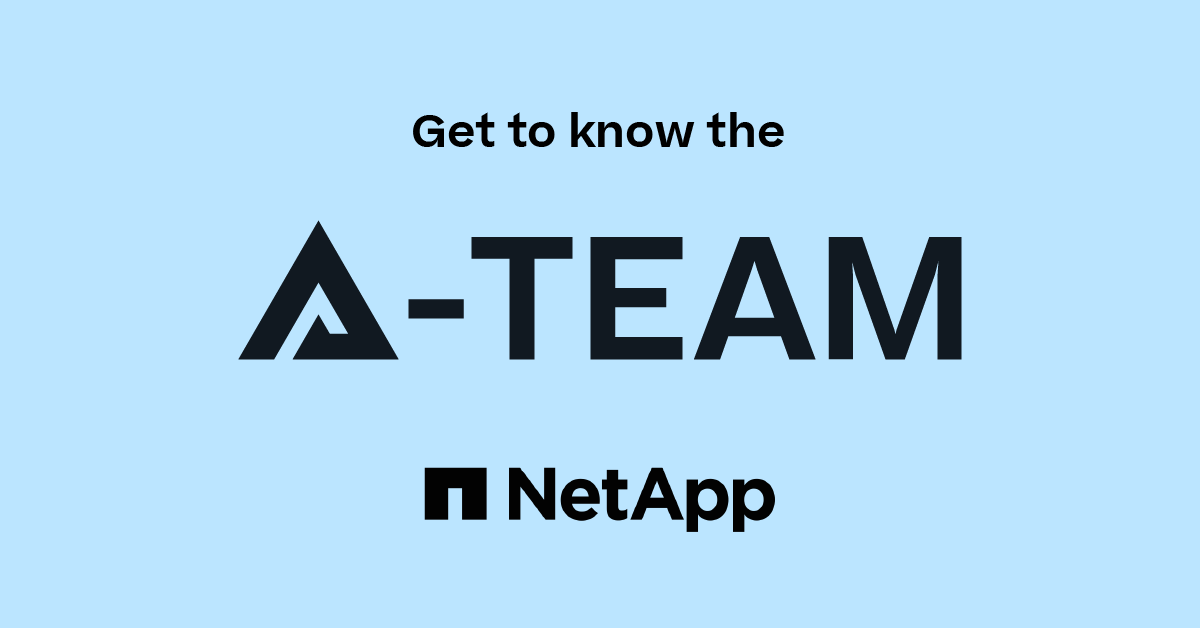Software Development Kit (SDK) and API Discussions
- Home
- :
- Developer Network
- :
- Software Development Kit (SDK) and API Discussions
- :
- Re: What is the DFM API call to find a cluster?
Software Development Kit (SDK) and API Discussions
- Subscribe to RSS Feed
- Mark Topic as New
- Mark Topic as Read
- Float this Topic for Current User
- Bookmark
- Subscribe
- Mute
- Printer Friendly Page
- Mark as New
- Bookmark
- Subscribe
- Mute
- Subscribe to RSS Feed
- Permalink
- Report Inappropriate Content
I am trying to find out if there is an API call to determine what cluster a particular node belongs to. Anyone have an idea?
Solved! See The Solution
- Mark as New
- Bookmark
- Subscribe
- Mute
- Subscribe to RSS Feed
- Permalink
- Report Inappropriate Content
Hi,
I think the API you are looking for is dfm-related-objects-list-info.
You'll have to pass as parameter the name of the node and it will return you data about its parent (the parent-cluster in this case).
Example Input :
<dfm-related-objects-list-info>
<object-name-or-id>clus_2-01</object-name-or-id>
</dfm-related-objects-list-info>
Example Output :
<parent-object-list>
<parent-object>
<name>clus_2</name>
<id>3846</id>
<full-name>clus_2</full-name>
<type>cluster</type>
</parent-object>
</parent-object-list>
<child-count-list>
<child-count>
<count>1</count>
<type>aggregate</type>
</child-count>
</child-count-list>
Hope this helps.
Best Regards
Aashray Arora
- Mark as New
- Bookmark
- Subscribe
- Mute
- Subscribe to RSS Feed
- Permalink
- Report Inappropriate Content
I am also interested in this, because cluster nodes come as filers via DFM API and it seems there is no information about parent cluster.
- Mark as New
- Bookmark
- Subscribe
- Mute
- Subscribe to RSS Feed
- Permalink
- Report Inappropriate Content
Which version of DFM are you using?
- Mark as New
- Bookmark
- Subscribe
- Mute
- Subscribe to RSS Feed
- Permalink
- Report Inappropriate Content
Mine is 5.1.
- Mark as New
- Bookmark
- Subscribe
- Mute
- Subscribe to RSS Feed
- Permalink
- Report Inappropriate Content
Hi,
I think the API you are looking for is dfm-related-objects-list-info.
You'll have to pass as parameter the name of the node and it will return you data about its parent (the parent-cluster in this case).
Example Input :
<dfm-related-objects-list-info>
<object-name-or-id>clus_2-01</object-name-or-id>
</dfm-related-objects-list-info>
Example Output :
<parent-object-list>
<parent-object>
<name>clus_2</name>
<id>3846</id>
<full-name>clus_2</full-name>
<type>cluster</type>
</parent-object>
</parent-object-list>
<child-count-list>
<child-count>
<count>1</count>
<type>aggregate</type>
</child-count>
</child-count-list>
Hope this helps.
Best Regards
Aashray Arora
- Mark as New
- Bookmark
- Subscribe
- Mute
- Subscribe to RSS Feed
- Permalink
- Report Inappropriate Content
Thanks a lot Aashray!!! That is exactly what I need.
